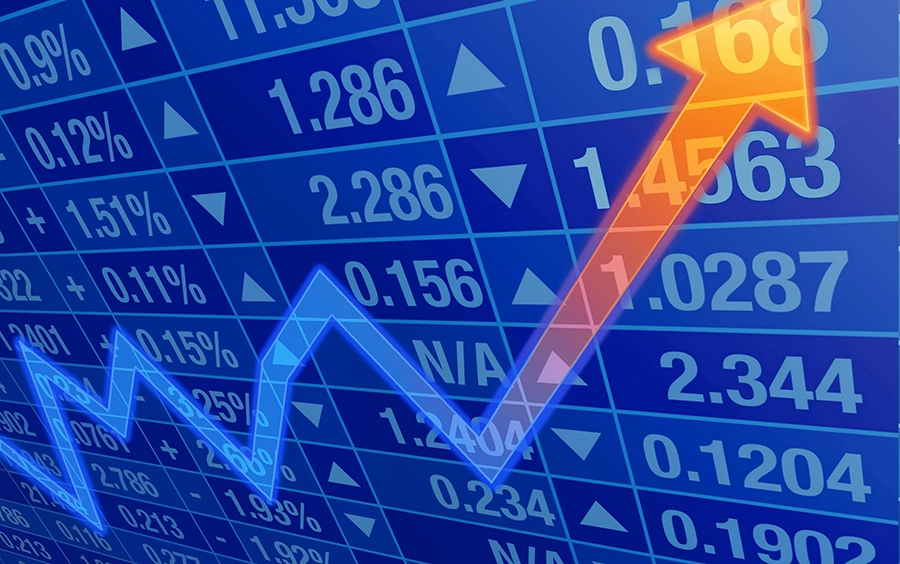When much of the world experienced a major recession in 2008-2009, China managed to weather the storm and buoy the global economy through massive government spending efforts.
In 2022, the country’s economy will grow by only 3%. According to a December survey of 37 economists by Nikkei, growth will remain slow in the first three quarters of 2023 before rebounding strongly in the year’s second half. The group’s average GDP growth forecast was 4.7 percent, with the vast majority of forecasts falling between 4.0 and 5.9 percent.
Even China’s most optimistic recovery scenario does not predict a return to the country’s previous soaring growth rates. China’s GDP has increased on average by almost 10% annually since Beijing started economic reforms in 1978.
The second-largest economy in the world has experienced significant turbulence since the pandemic started. Following initial hope for a recovery in 2020, repeated attacks on the private sector and strict zero-COVID lockdowns have harmed investor confidence and disrupted supply chains. Moreover, the nation’s population decreased last year for the first time in 60 years, raising questions about the nation’s future labor force.
China’s economy rose more than tenfold between the turn of the century and 2021, from $1.2T to almost $18T, thanks to years of rapid GDP growth. In comparison, the GDP of the United States, the world’s largest economy, has more than doubled since 2000.
China’s Growth Rate Will Slow by 2-5% in The Coming Years
The slowing of China’s growth engine will impact everyone, but not in the same way.
Many countries, particularly those that have come to rely on China as their primary export destination, will be acutely affected by the drop in demand. The speed with which countries can shift their focus to other faster-growing emerging markets, such as India and Southeast Asia, will determine who wins and loses during this transition.









COMMENTS